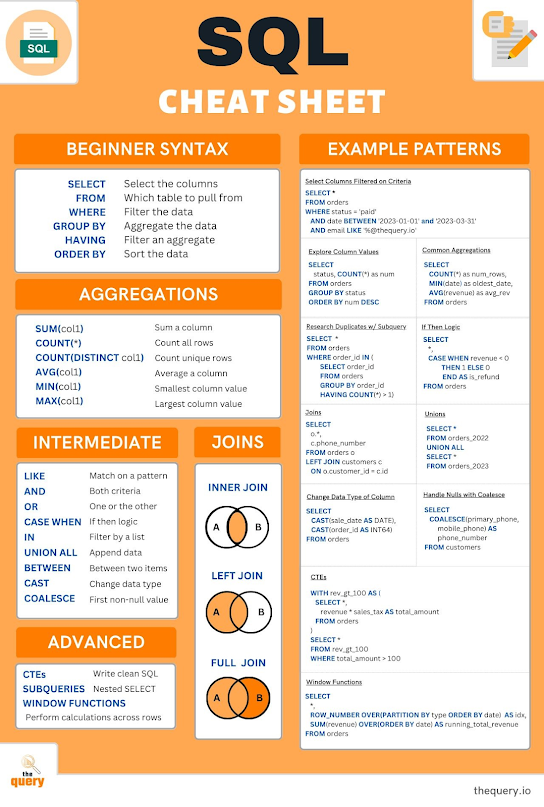Introduction:
In the realm of cloud computing, Microsoft Azure stands out as a powerful platform, and at its core lies a robust storage service. This blog post aims to provide a quick but comprehensive exploration of Microsoft Azure storage services, data styles, and accounts.
1. Microsoft Azure Storage Overview:
Managed Service: Azure storage is a fully managed service offering durable, secure, and scalable storage in the cloud. Microsoft Azure takes care of maintenance and critical issues, allowing users to focus on leveraging the storage capabilities for their applications.
Durable Storage: Durable storage implies that data is safeguarded against transient hardware failures. Azure storage offers redundancy options, including data replication across data centers or geographical regions, ensuring data safety even in the face of unexpected outages or disasters.
Security Measures: All data written to Azure storage is encrypted by the service, providing fine-grained control over data access. Security is a priority, ensuring that only authorized users can interact with the stored data.
Scalability: Azure storage is designed to be massively scalable, catering to the storage and performance needs of modern applications. It allows for seamless scalability as application demands evolve.
Management: With Azure storage, Microsoft handles maintenance and critical problems, simplifying the operational aspects for users. A single Azure subscription can host multiple storage accounts, each capable of holding up to 500 terabytes of data.
2. Azure Storage Data Types:
Blobs (Binary Large Objects): Blobs serve as a massively scalable object store, ideal for storing text and binary data. This includes support for Azure Data Lake Storage Gen2. Blobs find applications in serving images or documents directly to browsers, storing files for distributed access, streaming video and audio, backup and restoration, and data analysis.
Managed File Shares: Designed for cloud or on-premises deployments, managed file shares offer a secure and scalable solution for file storage and sharing.
Queues: Queues act as a messaging store, facilitating reliable messaging between application components.
Table Storage: A NoSQL store for schema-less storage of structured data. Note: Table storage details are not covered in this lesson.
3. Azure Blob Storage:
Object Storage Solution: Azure Blob Storage is optimized for storing massive amounts of unstructured data, including text or binary data.
Use Cases: Ideal for serving images or documents to browsers, storing files for distributed access, streaming video and audio, backup and restoration, and data analysis by on-premises or Azure-hosted services.
Blob Types:
Block Blobs: Hold text or binary files up to 5 terabytes, organized into blocks.
Page Blobs: Hold random access files up to 8 terabytes in size.
Append Blobs: Optimized for append operations, similar to block blobs.
Conclusion:
Microsoft Azure storage emerges as a comprehensive solution, offering durability, security, scalability, and efficient management. Whether you're dealing with blobs, file shares, queues, or table storage, Azure provides a versatile and accessible storage framework for diverse application needs.
Stay tuned for upcoming posts where we delve deeper into specific Azure storage features and practical implementation tips.




